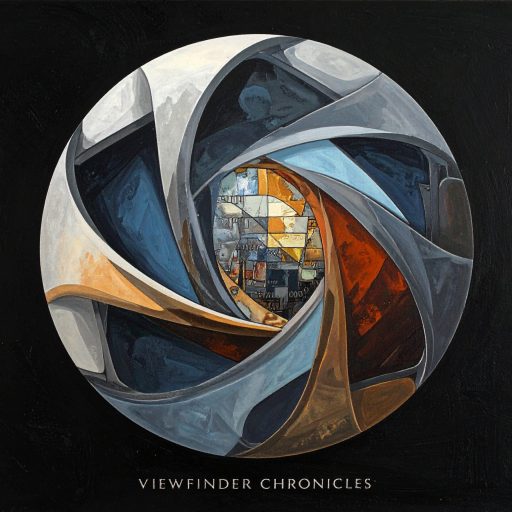Some books don’t merely occupy shelf space, they settle into your soul. Anders Goldfarb’s Ash Avenue, published by the brilliant team over at Red Hook Editions, is one such work. I read this books last night and as soon as I finished I went right back and read it again. This striking collection of black and white documentary-style images immerses the viewer in the raw, unpredictable rhythm of urban life. Every photograph is a moment suspended in time, capturing not only the visual essence of New York’s streets but also the deeper, often understated emotional undercurrents that pulse through them.
Goldfarb’s images have an immediate, almost tactile quality. The spontaneity in each frame is palpable. There’s that unexpected shot of a rat perched at the edge of a dock, as if it were a performer commanding centre stage at a festival. Equally, images of dogs running and playing—perhaps chasing an elusive target or simply revelling in the freedom of motion—exude a vitality that is both charming and unforced. These are not carefully staged compositions, but candid snapshots of life unfolding in real time. As an enthusiastic people-watcher, I find these glimpses into the quotidian extraordinary; they capture the beauty inherent in the unfiltered, daily drama of the urban environment.
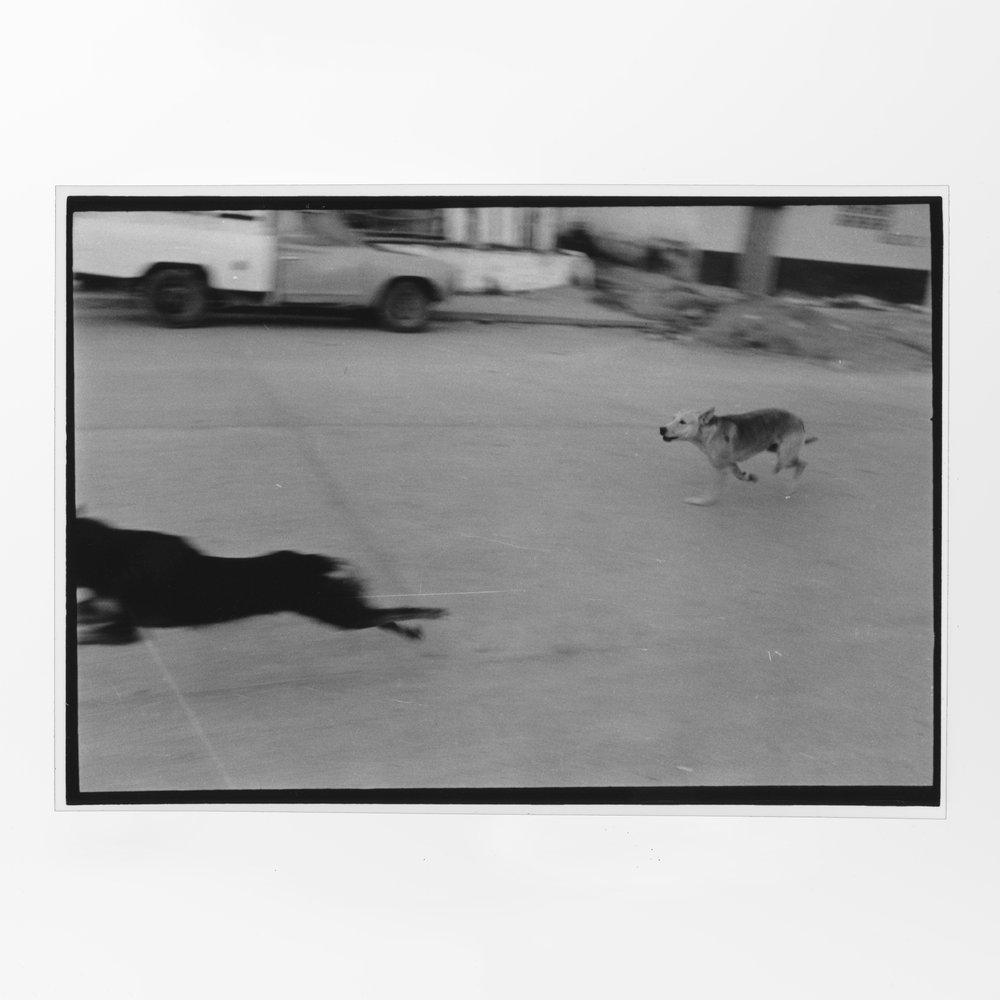
Born in Brooklyn and raised amidst the diverse vibrancy of New York’s boroughs, Goldfarb has spent decades turning his curious eye on the city’s less celebrated corners. His background—steeped in documentary photography, a solid grounding in anthropology, and an MFA that refined his artistic sensibilities—translates into a body of work that is unpretentious yet profoundly evocative. There is a remarkable honesty in his pictures: a blend of sharp detail and the soft, almost impressionistic edge that comes from the unpredictable nature of street photography. He captures fleeting moments with a technical acumen that reminds you the camera is an instrument of both art and observation.
What strikes me most is how his work transcends the obvious. Each frame is an allegorical autobiography in its own right, hinting at memory, experience, and even fate, without the need for heavy-handed context. In this way, Ash Avenue functions as a personal diary of New York—one that invites introspection and reflection in equal measure.

An essential part of what makes this book so special is its place within the Red Hook Editions community. Formed in Brooklyn by photographers who passionately believe in collaborative, high-quality book publishing, this independent collective has reimagined the way photographers take ownership of their craft. Unlike traditional publishing houses, Red Hook Editions sees photographers as partners responsible for everything from funding to design and advertising, while ensuring that artistic control stays firmly in the creator’s hands. This innovative model—and the friendly, supportive ethos of the team—means that books like Ash Avenue are produced to an exceptionally high standard without compromise. I’ve experienced first-hand the genuine care they put into every project, and it’s evident in the quality and soul of this photobook.
The design of Ash Avenue is as dynamic as its content. The book’s layout is a visual journey itself, with images presented in varying sizes and orientations. Some photographs stretch boldly across the page in full-bleed spreads, while others are framed elegantly by generous white space. This mix of full-bleed layouts and intimate vignettes mirrors the unpredictable cadence of New York’s streets. There is no overabundance of captions or text; instead, the design forces a direct engagement with the imagery—a visual conversation where you, the viewer, are invited to explore and interpret at your own pace. It’s like wandering through an urban neighbourhood, where every turn offers a new discovery, and every image quietly prompts you to remember your own hidden moments.

At its core, Ash Avenue is a celebration of the everyday. Goldfarb’s work transforms the seemingly ordinary into something profoundly poetic. There is a raw quality—the kind that I find both exhilarating and grounding. His images capture the urban pulse in ways that resonate with your own experiences of city life. There are moments of chaos, moments of quiet solitude, and moments where the boundaries between the two blur seamlessly.
For example, one of the photographs shows a group of figures moving along a crowded street corner. While most of the frame ebbs in a soft blur, one solitary subject stays sharply in focus—a deliberate compositional choice that speaks volumes about individuality amidst the urban swarm. It is moments like these that remind me why photography stays such a powerful medium. It compels you to look beyond the obvious and appreciate the small instants that make up the grand narrative of life.
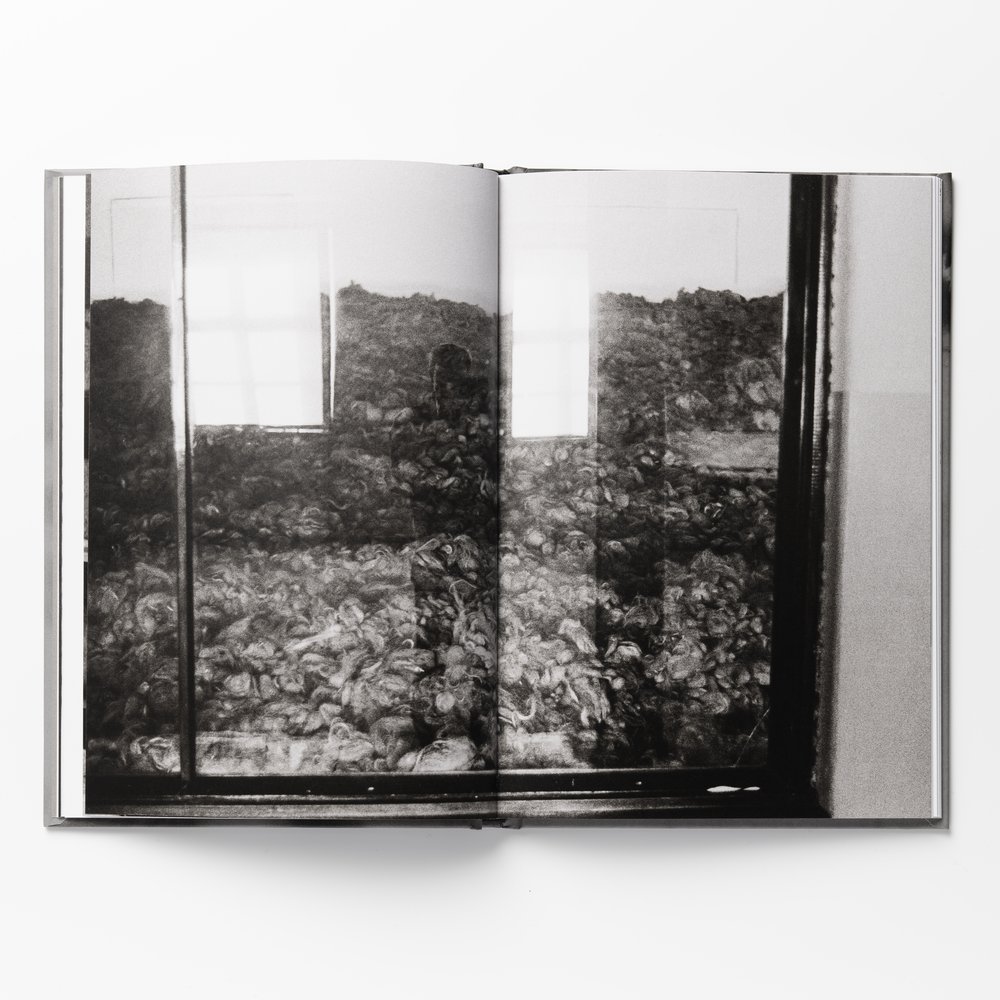
Ash Avenue is a book that rewards persistent engagement. As you revisit it, new details begin to emerge—the subtle flick of a dancer’s wrist, the texture of a weathered building, the glimmer in a passerby’s eye. In an era when digital images are fleeting and often over-curated, Goldfarb’s work stands out for its raw authenticity. The choice to print the images as modest, nearly intimate snapshots (most no larger than 3 x 5 inches) may test the eyesight of those more accustomed to larger formats, but for me it only deepens the personal connection. There is something wonderfully tactile about holding a beautifully bound hardback in your hands—a reminder that, even in our fast-paced digital age, there is unparalleled value in a well-produced physical object.
What makes Ash Avenue a truly compelling work is its ability to elevate street photography to a state of visual poetry. Goldfarb’s photographs are not solely about documentation—they are about capturing the emotional essence of urban life. Whether it is the juxtaposition of sharp focus and gentle blur or the interplay of natural light and shadow, every image offers a glimpse into life as it is lived on the streets. This is the magic of documentary photography: it allows us to see our world in moments that are both ordinary and extraordinary.
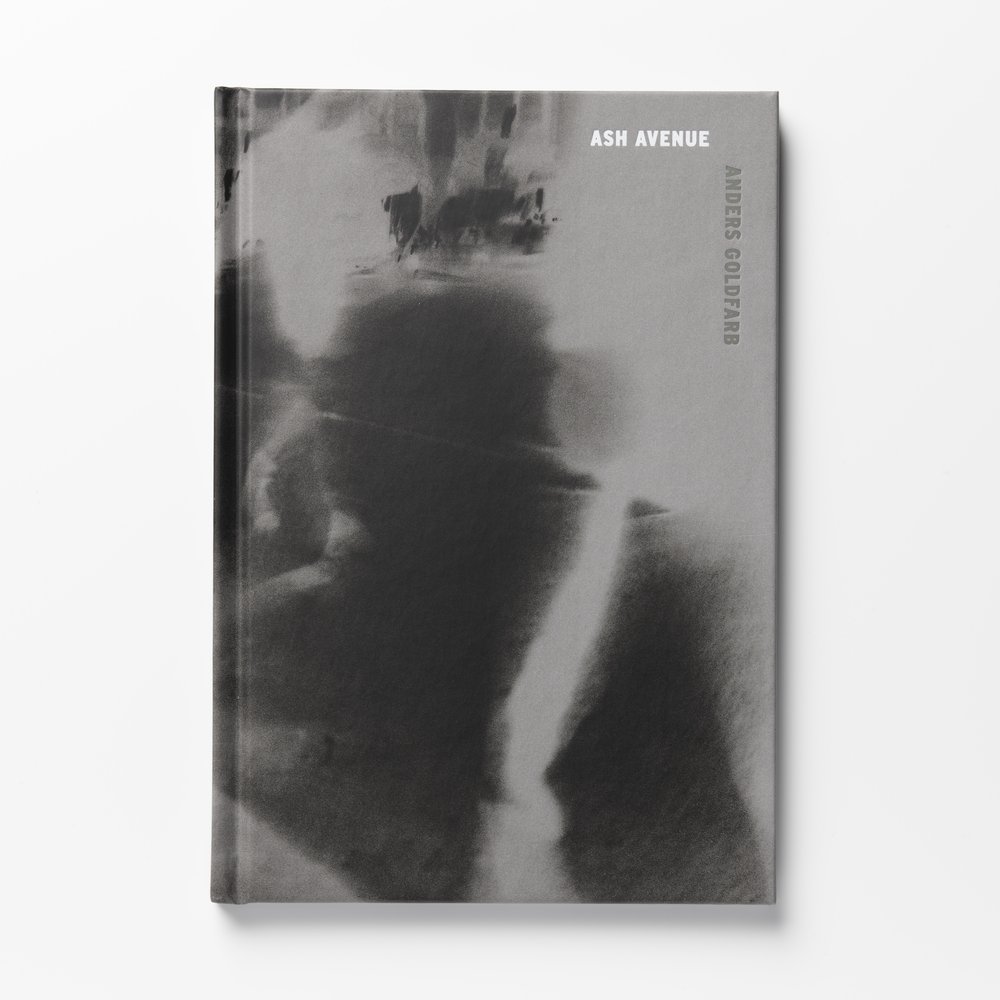
In summary, Ash Avenue by Anders Goldfarb is more than just a collection of photographs—it is a visual memoir, a reflective journey through the ever-changing dynamics of urban life. Its intimate portrayal of New York’s hidden moments, combined with a design that mirrors the city’s vibrant disorder, creates an experience that lingers long after the last page is turned. Through Goldfarb’s lens, everyday occurrences are transformed into lasting narratives, and the city reveals itself as a living, breathing tapestry of emotion and memory.
For anyone with a passion for street photography, documentary art, or simply the exploration of life’s poetic moments, Ash Avenue is a must-have. It challenges you to see beyond the surface, to find meaning in the mundane, and to rediscover the joy of being present in a world that is always on the move. In a way, it reminds me of why I fell in love with photography in the first place—the profound ability to transform the ordinary into something truly extraordinary.
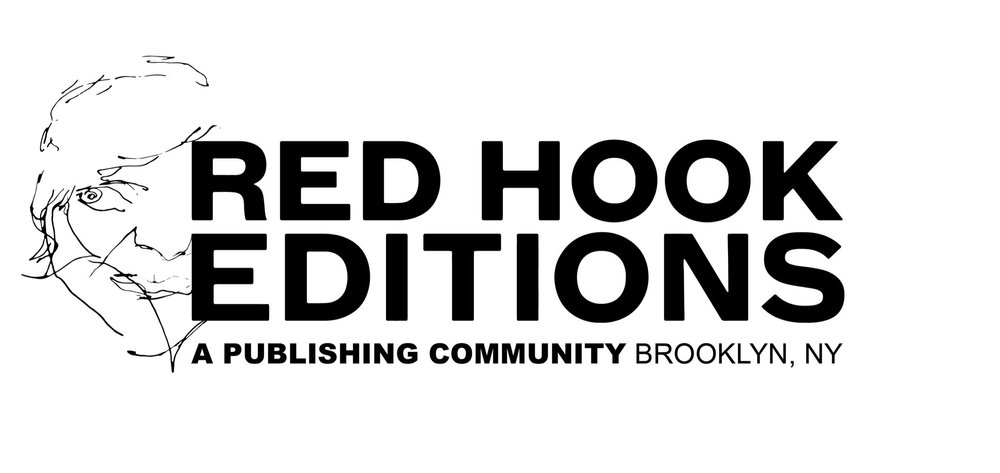
Red Hook Editions has once again proven its commitment to independent publishing and artistic freedom, offering a platform where photographers can fully realise their vision. Ash Avenue is not just a visual feast; it is a heartfelt dialogue between the past and the present, between the artist and the viewer, and ultimately, a powerful reminder of the enduring human needs to belong.
I cannot recommend it enough for anyone who treasures a well-told story in visual form. This book has earned a permanent place on my shelf—a companion that I will return to time and time again, discovering new details, new emotions, and new connections with every viewing.
Regards
Alex
